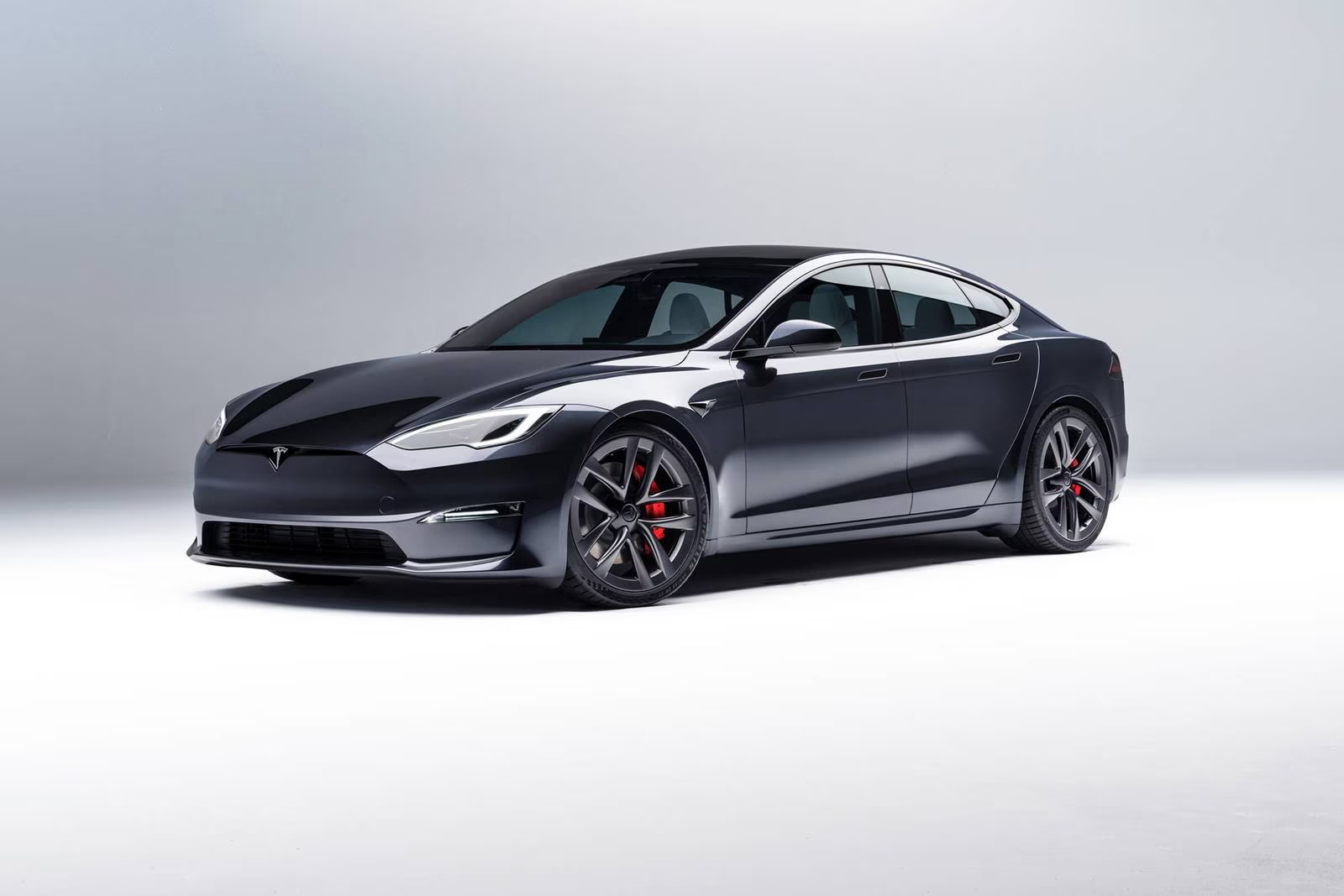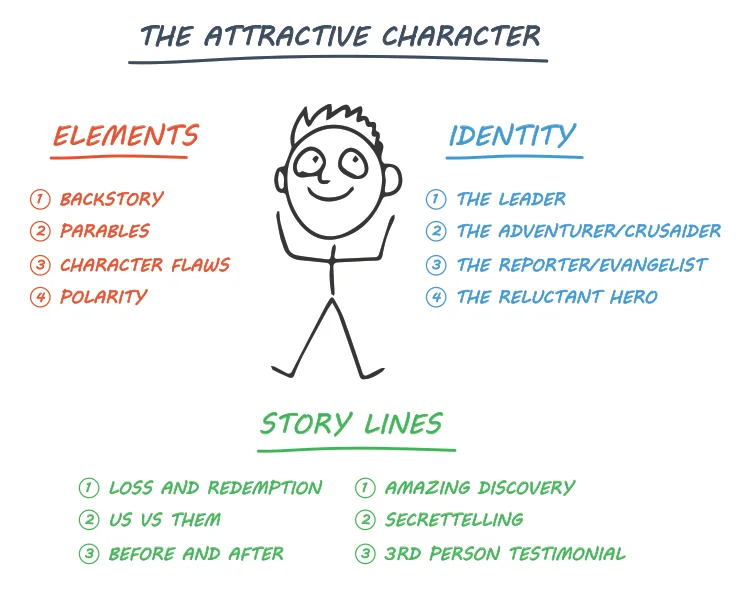Ever wondered how Tesla became so successful so quickly? Tesla’s “overnight success” took 9 years and went through many ups and downs (almost falling into bankruptcy).
Tesla and Elon Musk can teach you so much for your business, but they can also teach you a lot about what NOT to do. Assuming bankruptcy isn’t one of your goals, of course.
In this Tesla case study, I’ll show you when to copy learn from Elon, and when to ignore his advice.
Disclaimer: Elon is much more successful than me. However, I know how to grow a small-to-medium-sized business and want to show you what works and what doesn’t. You don’t have to agree with everything I say.
As the sole producer of high-end, stylish electric vehicles, Tesla has minimal competition.
In 2020, Elon was asked who their real competition is. His answer?
“We have no serious competition.” – said Elon with a straight face.
If you want to have the same confidence in your product as Elon Musk has, you need to be the best at what you do.
Or, you can be the only person who does what you do (which makes you the best!)
Positioning means occupying a unique position in your customers’ minds. Being the only sexy and high-performance electric car brand is what makes Tesla stand out from other car companies. How can you do this for your business?
At the heart of Tesla’s positioning lies luxury. Every vehicle boasts stylish design, premium materials, and high-performance car parts.
More specifically, Tesla achieves this “sexy and high performance” status with advanced touchscreens, over-the-air updates, sophisticated battery tech, and autonomous driving capabilities.
Trust me, you can always find a new position to fill in your market. Don’t trust me? Look at the physics-transcending proof I gave in the Target Competitive Advantage article.

So many entrepreneurs obsess over the next “big idea.”They wait for that “Eureka moment” that will revolutionize their industry and make them ultra successful.
Yes, try to come up with an amazing business model with never-seen-before positioning, but make sure that the market actually needs you.
Remember: The quality of your product and the market fit is more important than how “new” your idea is.
If your competition obsesses over their ideas, while you also obsess over your customer’s needs and wants – you win. Every. Single. Time. We also have a Starbucks article, which is all about tailoring the experience for the customer.
To give you an idea, here’s how Tesla does it (and gets brand loyalty):
Remember when Steve Jobs launched the iPhone, describing it as three products in one?
“An iPod, a phone, and an internet communicator. An iPod, a phone, and an internet communicator… these are not three separate devices, this is one device, and we are calling it iPhone.”
Elon does the same thing. He hosts so-called “event-style launches” and makes the whole experience dramatic and visionary.
If you want a lot of sales – you can’t just upload your products to the internet and cross your fingers. Hype up the launch, make it available for only a limited time, give a discount, use drama… Do everything you can to make the launch look like a huge deal.
Elon didn’t just borrow some tricks from Apple, he completely embodied Steve Jobs’ legendary features.
In 2005, he said: “If things are not failing, you are not innovating enough.”
In your business, don’t be scared to fail a little. Try out different things and see what works. Try to suck a little less every day .
Add a sprinkle of relentless pursuit of success and greatness… And ta-da!
“You just have to put in 80 to 100-hour weeks every week.” – Elon Musk in 2010.
When you think of a business, you rarely think of its CEO. When you think Apple, you think Steve Jobs, and when you think Tesla – you think Elon Musk. Why is that?
Don’t worry, we’re not here to talk about Elon’s looks. In entrepreneurship, an attractive character is a persona created to build a following, influence customers, and drive action.
In other words, it’s a real person that your business uses to tell stories and create a certain vibe around your brand. No matter who you are or what business you run, you can create an attractive character and reap the benefits.

(source: https://www.clickfunnels.com/blog/attractive-character/)
Here’s what makes Elon’s character attractive (for customers, of course):
We have so much to learn from the wealthiest man on Earth. For example, just a fraction of his work ethic and intelligence would make you dominate your industry.
However, it’s important to note that you don’t want to learn from the exception to the rule. If you take a sample of 10 billionaires, 9 of them will have achieved success in a simpler way than Elon.
In a nutshell, Elon started two businesses at the same time: Tesla and SpaceX. Before Tesla became the success we know today, it was at one point about a month away from running out of money and going bankrupt.
Yes, businesses have ups and downs, but you typically want to avoid going bankrupt. Thankfully he had a lot of advantages and managed to pull through. Do you have these advantages?
And still, he came EXTREMELY close to bankruptcy. Had he started the businesses at different times, the story might have been different.
It’s hard enough to succeed in one business and we don’t have the advantages Elon had. That’s why I recommend starting one business at a time.
This article is a bit different from the other case studies I’ve written, but for good reason. Elon Musk’s story is a unique one, filled with ups and downs. Here’s a tiny fraction of what you can learn from the wealthiest man on Earth:

Email subscription is available ONLY TODAY (oh, okay, and tomorrow).
Surely, we respect your inbox! Unsubscription works every day.

We’d love to tailor your experience — which of these best describes you?